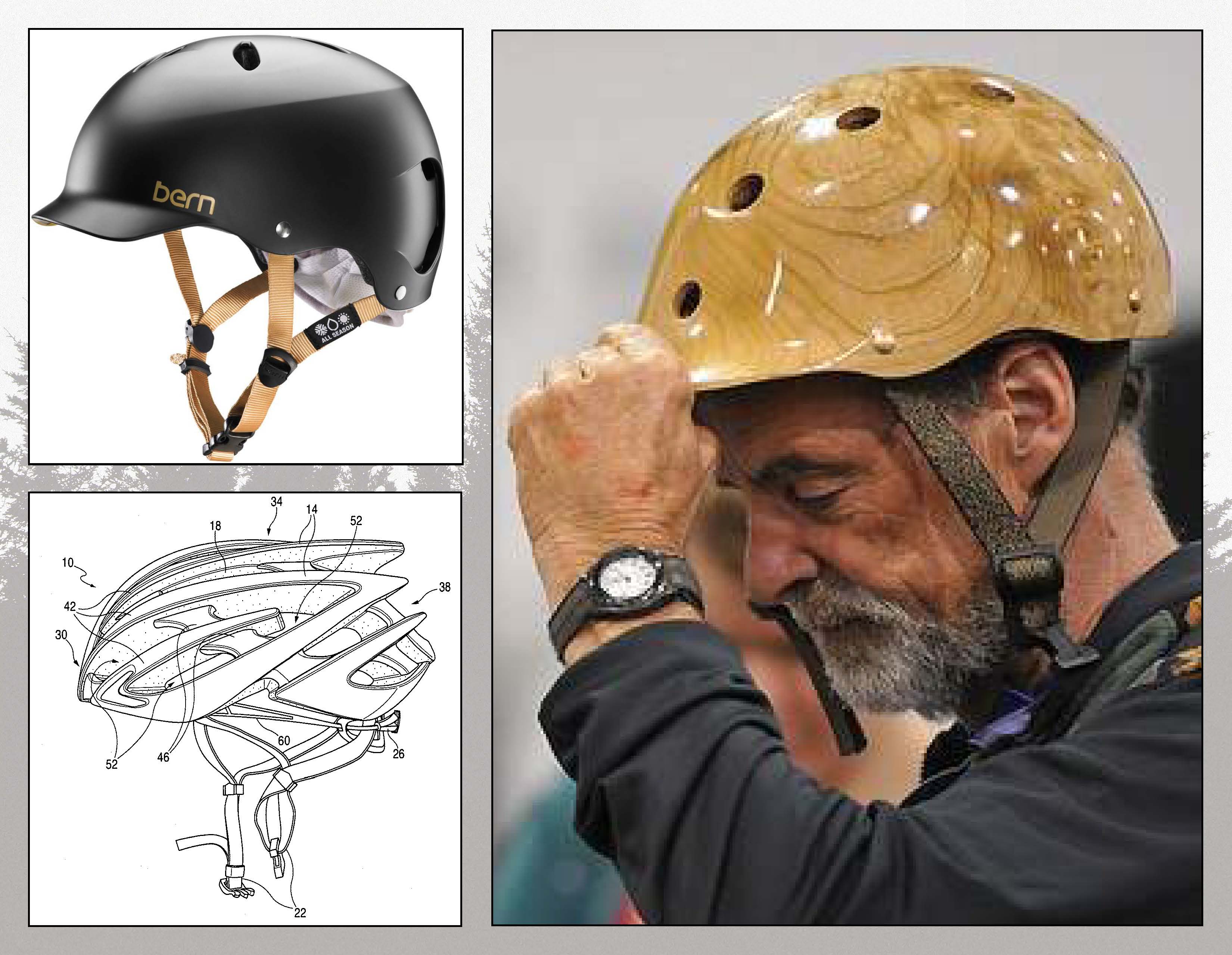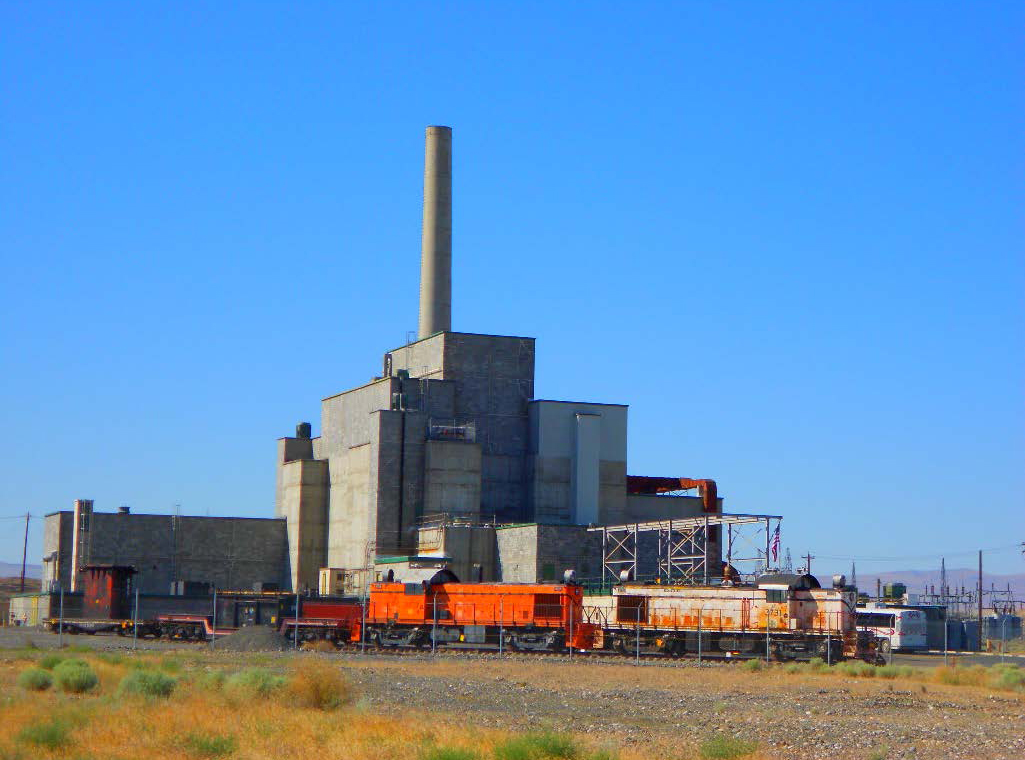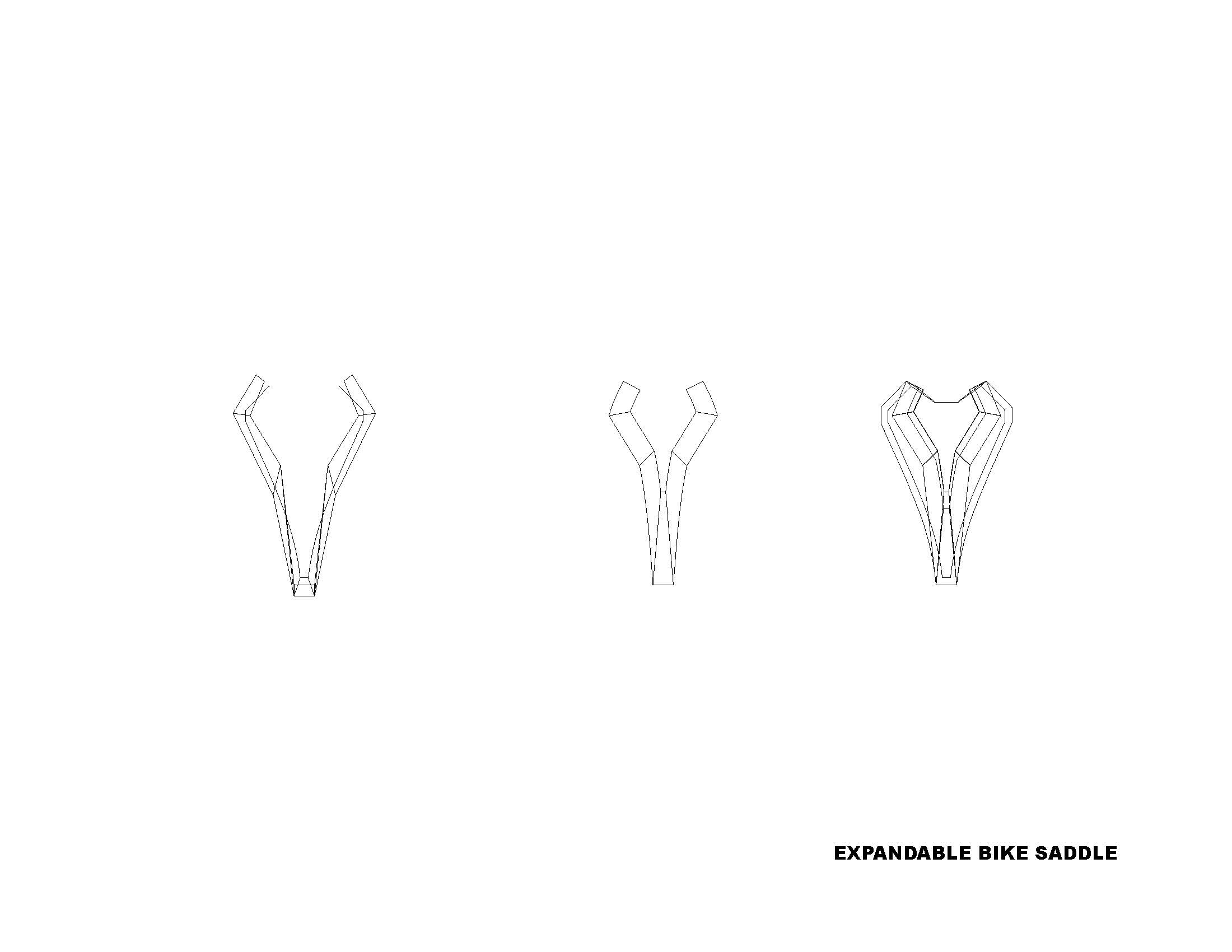How often have you looked at something and thought, “This would be so much better if…” As our design tools continue to develop in complexity and push the limits of what was previously thought possible, modern fabrication techniques are also evolving rapidly. The two are often on parallel paths and help enable new concepts to quickly become reality. As these tools become more and more prolific, the questions arise: How does design influence fabrication? And how does fabrication influence design?
Building off of last year’s inaugural research travel fellowship, which focused on emerging technologies, this year’s fellowship aims to examine today’s relationship between those emerging technologies and the design process.
There were many exciting and thought provoking proposals submitted this year. After much deliberation, our Research Committee narrowed down the list to three winning proposals.

Nathan Messmer, AIA, LEED AP BD+C
Cellulose Parietale Proxy
“Cellulose is the structural component of wood. Parietale is a bone in the skull or the wall of a body part. Proxy is a substitute. I’ve used these three “fancy” words together to describe a wooden bike helmet,” Nathan says, describing the concept of his research fellowship, which focuses on making a bike helmet out of formed wood laminates. Think a thin structural shell that shows off the natural material’s beauty and uses a low-volume and customizable fabrication method. Then think about exploring the opportunities in the building industry for non-standard structural wood shapes that are relatively small and/or lightweight. Could pieces or assemblies of a rain screen or high performance envelope be replaced or eliminated with a new “twist” on a renewable resource?
His project will bring relatively low-tech fabrication into the SRG model shop to explore some of this potential: rapid prototyping with vacuum forming and plywood veneers should give us a fun idea of where this technology might lead us. The process should also provide some interesting insight into registration, adhesion and fabrication methods, if not actual bike helmet design! He will be leveraging some local, industry and past-career connections, including wood manufacturers, machinists, and helmet designers. And probably getting a few splinters along the way!

Harley Cowan, AIA, LEED AP
Let’s Make History!
Harley took a slightly different approach for his research project. His goal is to make preservation photography of National Historic Landmarks. He wants to provide proper preservation photography for historically significant places in the Pacific Northwest and donate his work to the national archives at the Library of Congress in Washington, D.C. for inclusion into the Historic American Buildings Survey (HABS), Historic American Engineering Record (HAER), and/or Historic American Landscapes Survey (HALS) of the National Park Service (NPS).
He chose these three sites to photograph and document based on historic significance, age, risk of loss or deterioration, and lack of extant photography: Cloud Cap Inn (1889) on Mt. Hood, Oregon; Kam Wah Chung (1886) in John Day, Oregon; B-Reactor (1944) Hanford Nuclear Reservation, Washington.
To learn more about Harley’s research project, follow him on his blog.

Arnulfo Ramirez
Expandable Bike Saddle
Arnulfo is an avid bike rider and thus, his research project idea came about from personal need as well as the realization that many bike riders also have this exact problem. His proposal seeks to create a solution for the bike commuter that needs two types of bike saddles for their bike ride. The two types of saddles that are commonly used are a long distance saddle and a racing saddle. A long distance cyclist will resort to a wider saddle for comfort and padding to reduce the impact of the road on the cyclist. A racing cyclist will use a thinner option to reduce weight, chafing, and improve aerodynamics.
This research proposal will design, prototype, and test a foldable saddle that can transform from a racing saddle to one of a wider seating area to increase comfort on longer bike rides. This will be achieved through two key objectives: by reducing material and increasing comfort of the saddle, and by the design of a folding armature.
Follow Arnulfo’s research project on Instagram @BIKE_SADDLE and through the hashtag #SRGResearch.
Follow along on our blog for updates from our Research Fellows as well as by searching the social media hashtag #SRGResearch.


